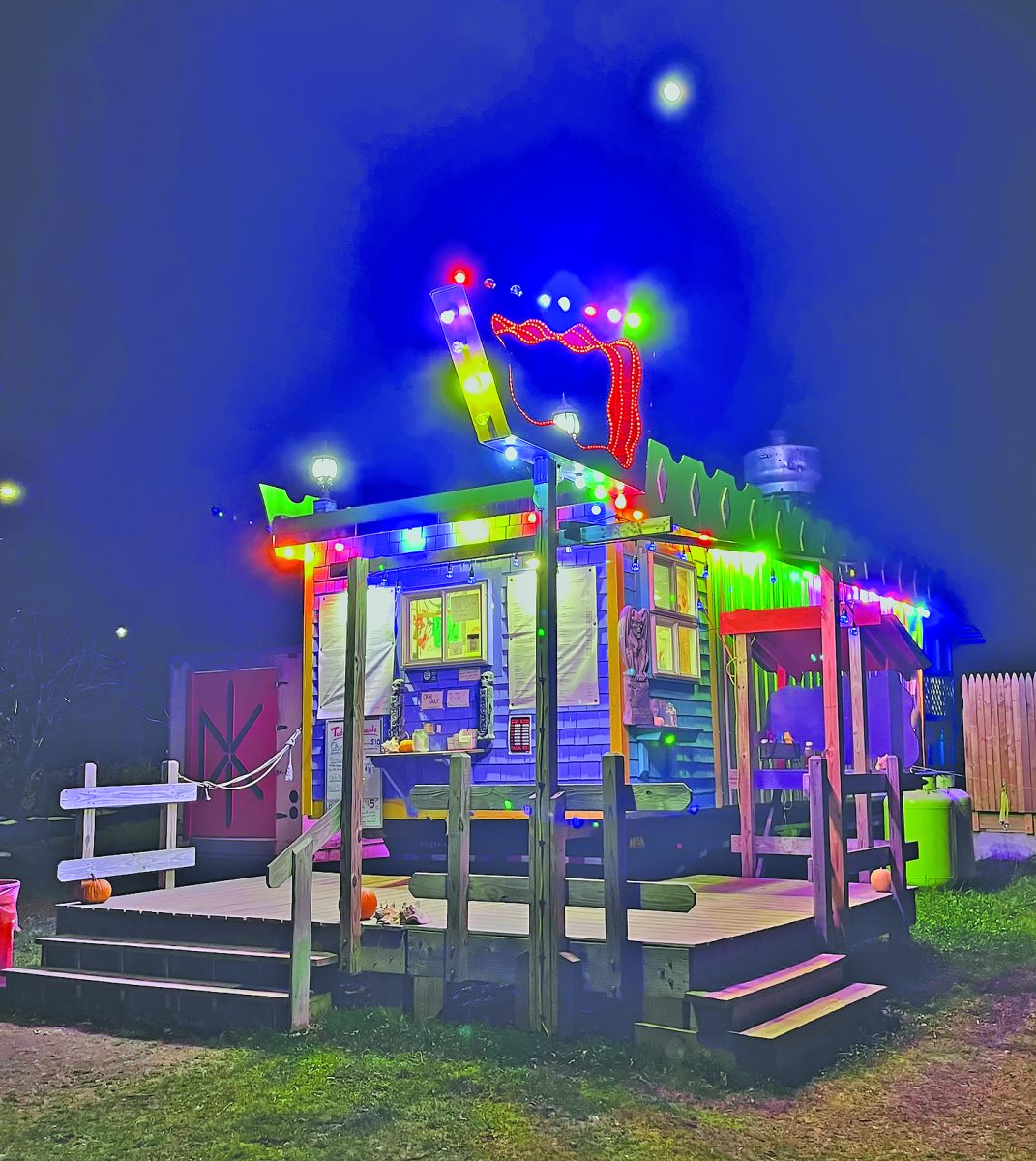As Johnson State College transitions from fall to winter, the cost of heating an entire campus becomes a top priority issue.
According to Green Solutions Advisor Russ Weis, 2011’s total projected heating costs will be $403, 274.85, using 145, 676 gallons of oil.
“We have contracted for a maximum of 150,000 gallons of heating oil, and we typically expect to consume up to 90% of that amount, depending on outside temperatures,” says Dean of Administration Sharron Scott. “This year our heating oil contract is with Hess, and the contracted price is 3.108 per gallon for #2 heating oil. This price is comparable to last year. The college conducts an RFP annually to obtain the best price related to heating oil and we typically end up contracting for a fixed price contract for the months of October through May,” she said.
Johnson State College does not use futures trading to lock in prices.
Scott explained that there are two heating plants on campus. The primary central heating plant is located in Arthur Hall and it serves all of the buildings on the upper portion of the campus. Steam heat is distributed from Arthur Hall to all of these buildings via underground lines that run from one building to another.
The #2 oil-fueled boiler is operated by an attending physical plant staff member and operates continuously from sometime in October all the way to April, when the temperatures rise enough to live comfortably without heat.
For McClelland Hall, which is downhill and far away from the main boiler system, there is a secondary boiler running on the same oil supply and operating according to the same timeline as the primary heating plant.
“Typically the college uses approximately 175,000 gallons of #2 fuel to heat campus buildings,” says Scott. Staff and students alike face the possibility of a cold winter if they don’t conserve energy.
The primary method of conserving fuel on campus is delaying the use of the fuel in the first place. “Each day we delay turning on the college boilers, we save approximately 100 gallons of #2 fuel,” says Scott. “Those savings add up over time.”
However, due to an unexpected and extended cold snap earlier this fall, the boiler systems had to be turned on about five days sooner than last year.
Scott also notes that academic buildings such as Bentley and the SHAPE facility have their heat turned down in the evening and turned back up before classes begin, since there is no point in using up fuel in an empty building. The thermostats on campus are typically set between 68 and 72 degrees during the heating season.
JSC’s use of heating oil tends to peak from January to February, with December being lighter on fuel consumption due to the weeks-long winter break.
When asked how students could help conserve energy this year, Scott suggested simply keeping the buildings shut tight. “By keeping the windows and doors closed, energy is not used to heat the outdoors and the steam line holds the heat better between rooms,” she said.




